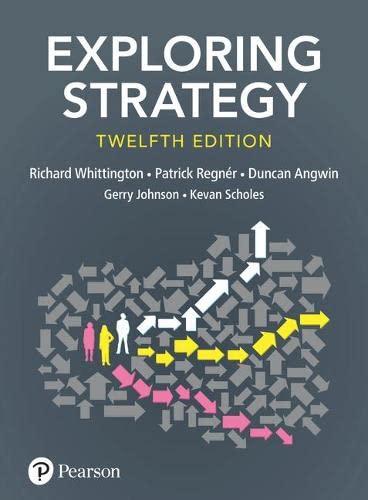3. Society found the following benets in unionization ,increasing the size of the middle class by providing a living wage and unions took a leadership position in passing major employment laws _ But much of society find that unionization makes 1.3.5. firms less competitive in global markets ,do not like the image of union leaders and behave unionization is less relevant in today's global marketplace. See Table 1-2. Ill. Why Join a Union ? A. Why Join a Union ? See Table 14. 1. Job Security. Above a]l,employees want protection from unfair or arbitrary decisions by management .In cases of layoffs , they expect seniority to be followed ;and in cases involving discipline and discharge ,they expect the union to provide them with experienced advice and counsel . 2. Wages and Benefits.This is the \"bread and butter "issue for many workers . They expect contract negotiations to provide them with better wages and benefits than their nonunion counterparts at least by adifference that exceeds their union dues. See Table 13. 3. Working Conditions. Workers expect the union to protect them by negotiating for a safe and healthy working environment 4. Fair and Just Supervision .Worlrers expect that the grievance and disciplinary process negotiated by the union in the CBA will provide them protection against biased or unreasonable supervisors .Most CBAs require the "just cause " standard in disdphnary cases , which is a basic principle followed by arbitrators and judges . 5. Need to Bdong .A strong need in many individuals is the need to belong to a larger group that shares one's values and concerns. A union often gives employees a mechanism for bringing them together and creating a social network . S. Collective Voice. A basic principle of unionization is "strength in numbers \" and therefore the individual employee believes he or she has a more powerful voice when dealing with management B. Soft Issues 1 Recognition 2 Protection from hlnniliation 3. Hopelessness 4. Double standards 5 Lack of control Er Job insecurity 7. Broken promises 3. Representation C. Perceived Differences Between Union and Nonunion Workplace Benefits See Table 1-4 'Jue process 1. 2. Wages andbenefits 3. Objective standards for employment actions 4. 5. Discipline, Weingarten Rights Voice in workplace 5. Access to information D. Factors affecting health of labor movement







